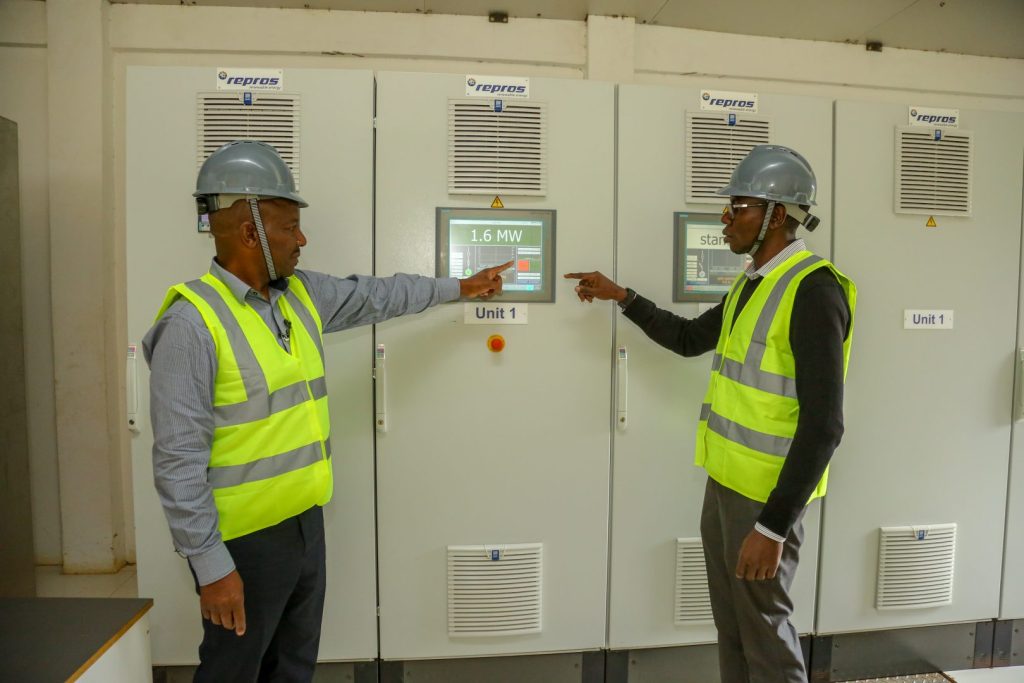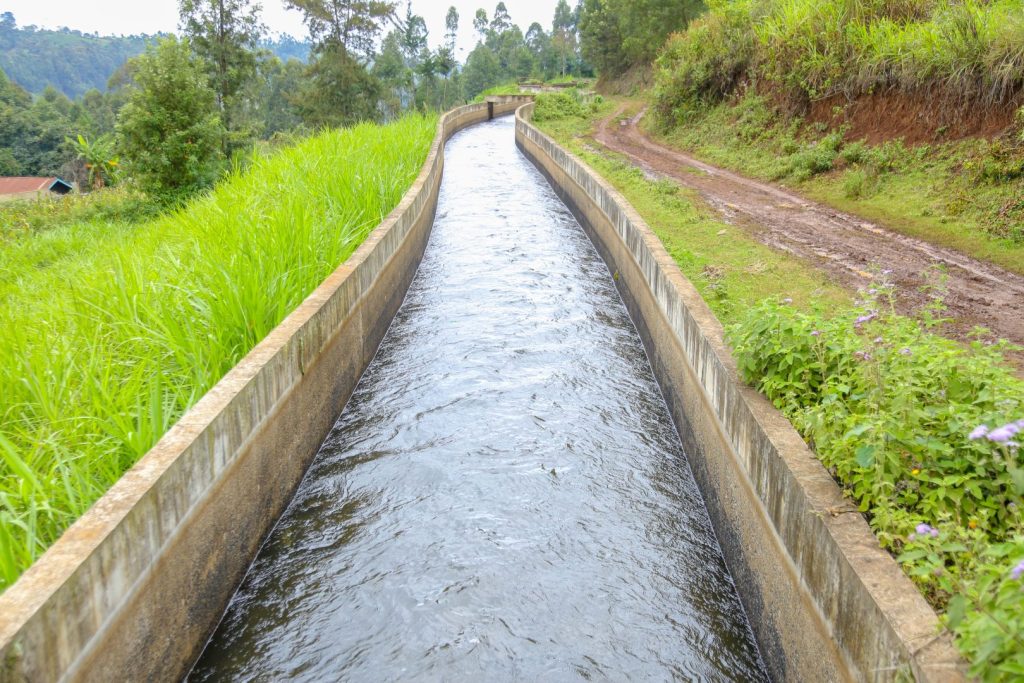About 12 years ago, Kenya’s largest producer of tea, the Kenya Tea Development Agency, announced its intention to generate electricity and reduce its dependence on the national grid.
KTDA had realised that as the prices of tea globally stagnated, affecting farmers’ incomes, a homegrown factor was eating into the farmers’ fortunes. The cost of electricity was increasing, and the Kenya Power and Lighting Company was often rationing power because of drought on the generation of hydropower.
Energy is one of tea factories’ main production costs, and electricity makes up about 15% of the total production cost.
Luckily for the agency, which provides management and ancillary services to the tea farmers who own the factories, there was a solution in plain sight.
Tea is grown in highland areas with permanent rivers. In the highlands on the slopes of the Aberdare Ranges and Mt Kenya, these are the same rivers that converge into the tributaries that feed the five dams on the Seven Forks Hydropower Stations.
When the management was convinced by the idea and its projections on how much would be saved per year, they authorised the creation of KTDA Power, a separate company to handle the energy project. That was done in January 2010. Still, they faced numerous difficulties. The first was to convince financiers.

With renewable energy being an untested idea at the time, banks baulked at the proposal. They weren’t sure it was a sound investment. “As a start-up in power generation, most financiers were cautious,” Mr Peter Wachira, acting General Manager KTDA Power, recalls.
It also took time for farmers to raise money as equity. Each farmer invested depending on how much money they had at their disposal. “When KTDA floated its tenders, there were no local contractors for the project. We were only able to get foreign contractors. There were challenges in communication and having them realign to the rural area set up,” recalls Mr Wachira.
KTDA then sought external financiers who eventually funded the projects. The agency worked on the framework to finance the projects.
“We have a framework of 65% debt to 35% equity,” says Mr Wachira, adding: “At the moment, the funds realised are used to run the plant and pay the external loans. Once the loans are paid, the benefits to the farmers will increase.”
The financiers are the International Finance Corporation (IFC) and the Co-operative Bank. The loan payment term is 10 years, with a two-year grace period.
The hesitant farmers would eventually come on board and become shareholders contributing through their factory companies. The factories are the corporate shareholders and KTDA clustered the hydropower projects and formed regional power companies for factories in the catchment areas.
For example, four factories came together in Nyeri County and created Gura Hydropower Station, which was commissioned, in October 2016. Imenti, the first hydropower plant, commissioned in 2008 serves Imenti Tea Factory. The plant occupies about 7.4 acres. It is a canal corridor of about a kilometre from intake to the powerhouse. The hydro is a 0.9MW plant with six employees. It has outsourced the security services.
Chania Power Company, which supplies energy to two factories, came along in June 2016. North Mathioya, which belongs to Mitumi Power Company, came along in June 2019. The four hydropower plants serve 11 tea factories.
As much as it had difficulties, KTDA had the government and private sector’s backing. The government funded the feasibility studies. The Agency had to get the nod from the Kenya Forest Service, which it did. For example, the Gura Hydropower Plant uses water from the Gura River, which flows deep in the Aberdare Range.
The Water Resource Authority, which regulates the management and use of water resources, came on board. The Kenya Rural Road Authority (KERRA) and Kenya National Highways Authority (KeNHA) had to permit the Agency as it uses road reserves provided by the two bodies for their transmission lines. They have also granted KTDA wayleaves on the road reserves.

KTDA Power chose hydro energy as the factories in these areas are near major rivers. Power is generated on demand. The more tea there is, the more power the plants generate. “It isn’t always constant as water is rain-driven. When there’s rainfall, the rivers have more water. This provides more power to the tea factories for production.”
For example, due to a rain shortage in July, only one of Gura’s two turbines (producing 1.6 MW) was powered up. Even so, the plant, which supplies power to four factories in the area, only uses 30% of the energy and sells the remaining 70% to the National Grid. The amount of power distributed to the factories depends on the size of the factory, too. The company has a Power Purchase Agreement with the Kenya Power and Lighting Company, which buys the excess power generated.
Farmers using clean energy faced a new challenge after introducing the hydro plants. In 2018, during the heavy rain season, the Gura Hydropower plant’s canal overflowed more than once. At the time, Thomas Mundia, Nyeri South Deputy County Commissioner, urged the residents living along the canal’s lower areas to vacate. Since then, KTDA has bought the land surrounding the channel to avoid more losses to the farmers in the area.
On the financial side, the Gura Hydropower Plant saves farmers over Kshs40 million, the amount they used to use on electricity annually. “There has been knowledge and technology transfer as almost all projects that we have implemented have been by external contractors,” Mr Wachira says.
The plants, which are run by local employees, also provided employment opportunities in the rural areas during implementation.
“The four plants provide 98.5% of the demand. At some point, the factories may demand more than we are generating. The remaining 1.5% we get from the National Grid and standby generators,” Mr Wachira explains.
All the water used to generate power returns to the rivers. Hydropower generation follows Sustainable Development Goals (SDGs) 7 and 13: affordable, reliable, sustainable, and modern energy for all, and climate action, respectively.
“When we produce clean power, we are meeting SDG 7. Our projects are Clean Development Mechanism (CDM) projects, earning us carbon credits. The plants are not polluting the environment. By using hydro, we are helping reduce the global emission of greenhouse gases,” shares Mr Wachira.
KTDA is looking to invest in solar energy for factories not in, water catchment areas. The Agency strives to continue cutting costs by using more types of clean energy.

 KTDA Official explaining hydro power generation layout.
KTDA Official explaining hydro power generation layout.









